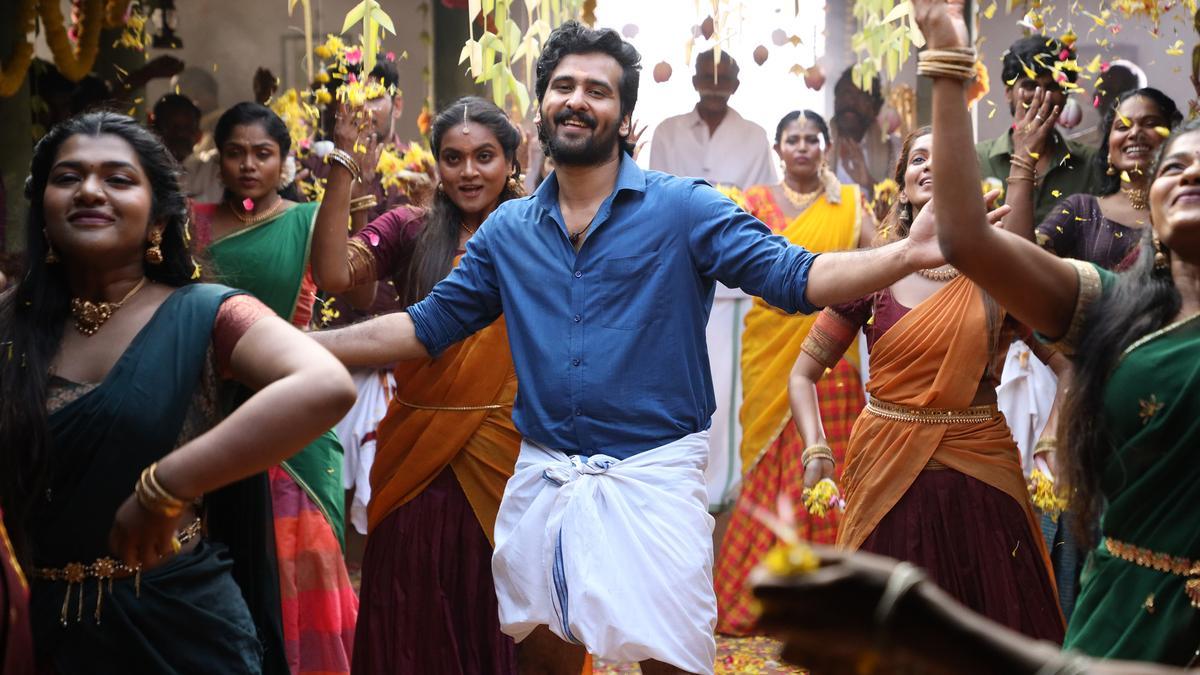
In the dynamic realm of Test cricket, the battle for supremacy has witnessed a gripping shift, as Sri Lanka soared up the World Test Championship (WTC) standings, seizing the fourth position following a consummate performance against Bangladesh. Culminating a two-match cricket series with a commanding 2-0 victory, the Lankan brigade fortified their credentials with unparalleled vigor.
Cast against the beautiful yet competitive backdrop of South Asian cricket rivalry, the series was more than just a game – it was a testament to Sri Lanka’s tenacity and Bangladesh’s burgeoning cricket pathos. The recent 192-run thrashing dealt by Sri Lanka in the second Test at Chattogram has done more than just elevate their stature; it has infused new life into their Points Percentage System (PCT), jumping from a modest 33.33 to a robust 50.00.
After this series, Sri Lanka stands proudly, trailing only behind the cricketing titans of New Zealand in third place, Australia in second, and India commanding the peak of the hierarchy. This victory is not merely a climb on a numerical scale; it is a declaration of intent, showcasing that the Lankan lions are roaring with renewed ambition in the test cricket arena.
Yet, every coin has a flip side, with every triumph casting a shadow of defeat. For the Bangla Tigers, their aspirations were marred by the onslaught. They entered the fray with an equal PCT of 33.33, only to see it diminished to 25.00 post-series, a casualty of the Lankan cricket prowess.
The outcome of the second Test lay not in the stars but in the will and skill of Sri Lanka’s proficient cricket maestros. With the pitch as their canvas, they painted a masterful innings, accumulating an impressive total of 531 runs. Half-centuries were the order of the day, with six Sri Lankan batters crossing the pivotal threshold, sending waves of unease through the Bangladeshi ranks. The hosts could only muster a paltry 178 in response, succumbing to the crushing blows dealt by the relentless Asitha Fernando and his four-wicket haul.
What followed was not an act of mercy but a strategic choice by Sri Lanka. Opting not to enforce the follow-on, the visitors chose to wield the willow once again, amassing a significant lead and imposing a daunting target of 511 runs. Bangladesh, resilient yet overmatched, showed heart in their second innings. Mominul Haque and Mehidy Hasan Miraz illuminated the scoreboard with fifties, offering a semblance of resistance. However, their efforts were ultimately eclipsed by the sheer magnitude of the task at hand.
Sri Lanka’s Lahiru Kumara emerged as a sentinel of bowling excellence in this high-stakes affair, clinching a four-wicket haul for a mere 50 runs, orchestrating the collapse of the Bangladeshi batting line-up. The hosts’ defiance was eventually quelled at a score of 318 – a valiant but insufficient effort in the shadow of Sri Lanka’s total.
The curtain fell on the series with accolades showered upon Kamindu Mendis, whose prowess with both bat and ball earned him the dual honors of Player of the Match and the Player of the Series. Beyond the statistics, accolades, and the fanfare that accompanies such triumphs, this moment was a celebration of the spirit of cricket – competitive yet gracious, fierce yet respectful.
As the dust settles on this chapter of cricket, the ripples of this series resonate beyond the realm of numbers and rankings. For Sri Lanka, it is a surge on the global stage – a stirring rendition of their cricketing narrative. For Bangladesh, it is a moment of introspection and perhaps recalibration, as they seek to reclaim their stride amidst the giants of the Test format. And for the spectators – a rousing narrative of two nations, intertwined in the dance of cricket, each playing its tune in the symphony of the World Test Championship.










